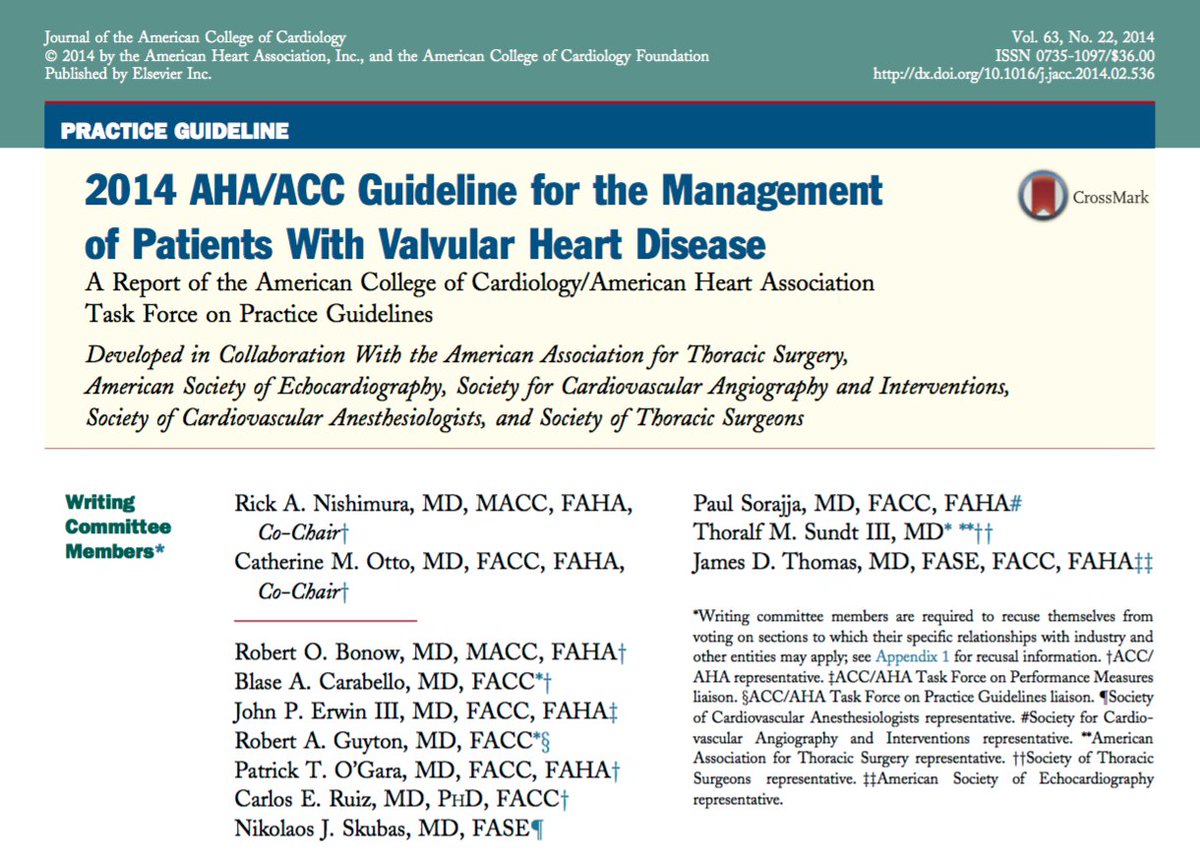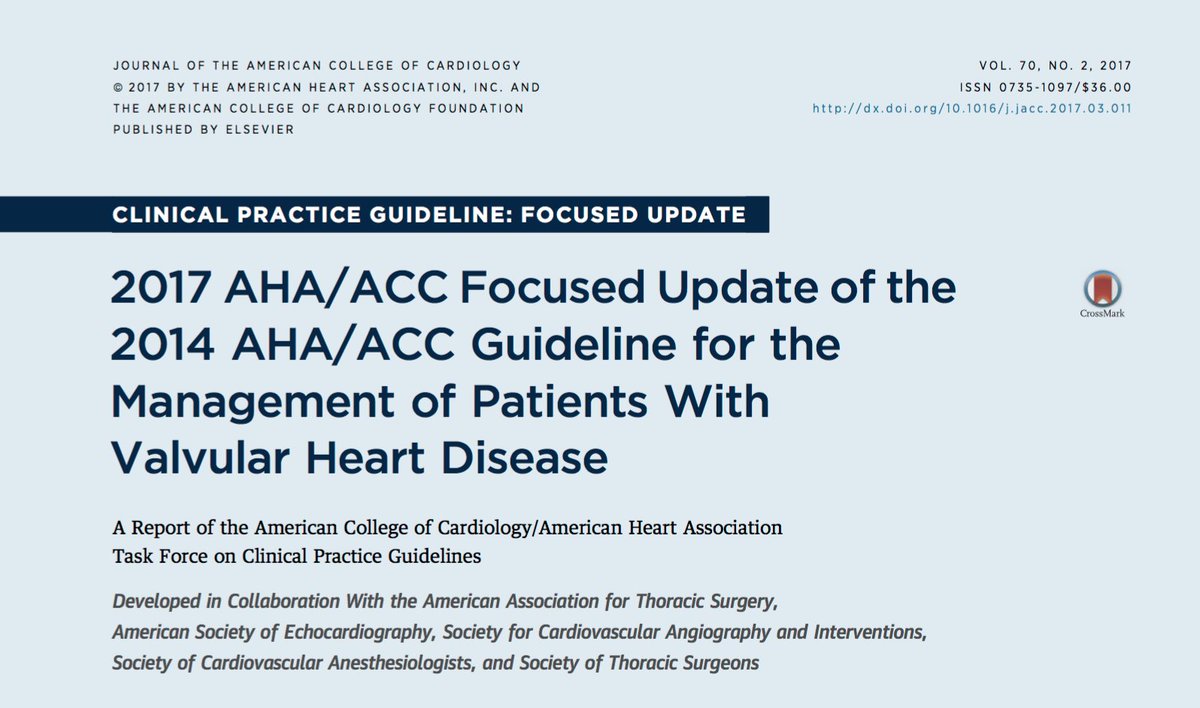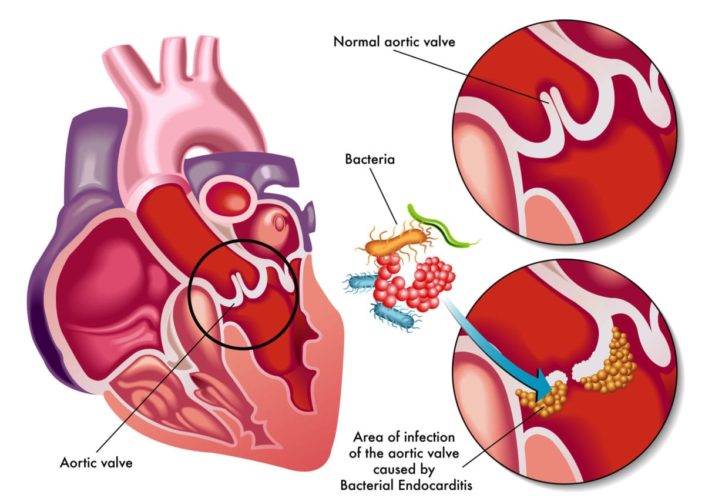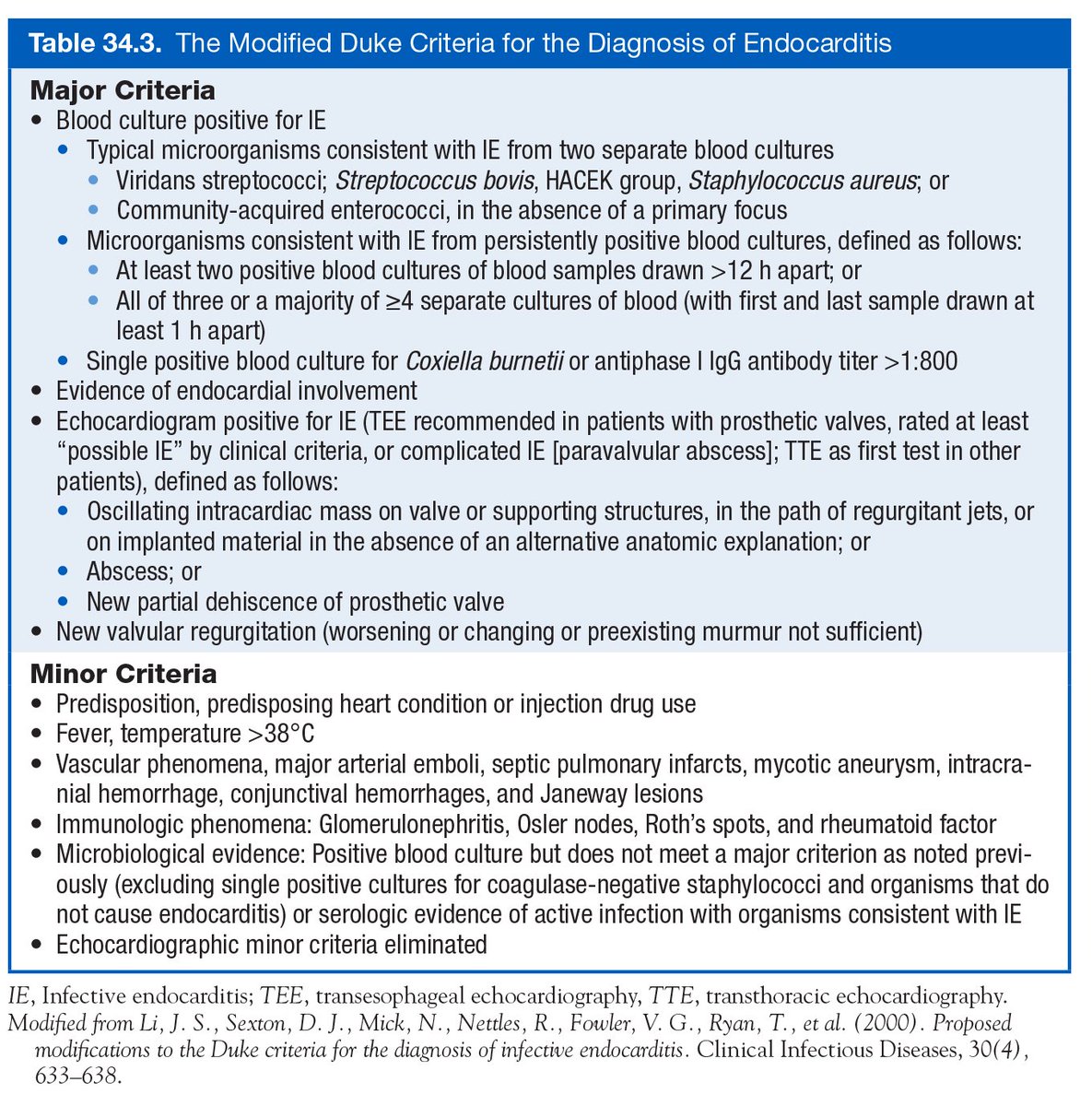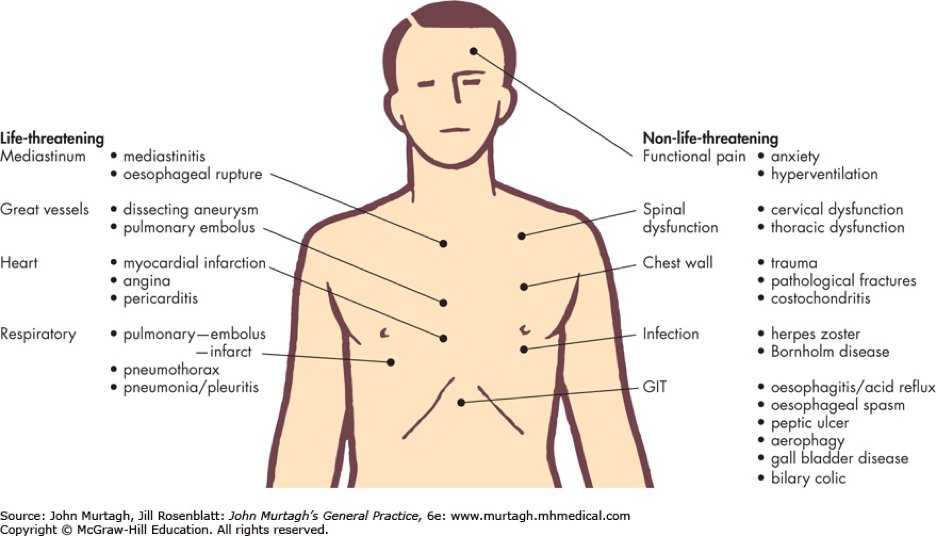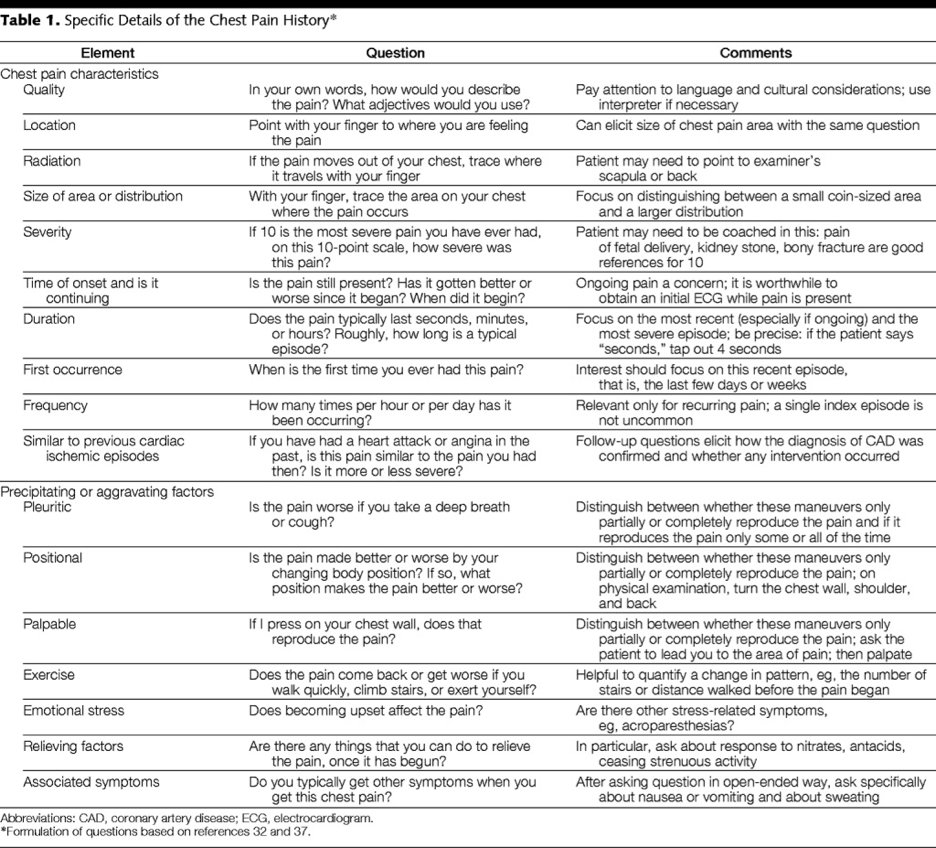@dr_chirumamilla @Pooh_Velagapudi @bcostelloMD @majazayeri @fawazalenezi55 @SanChris999 @GuruKowlgi @Nidhi_Madan9 @mmamas1973 @CMichaelGibson @DocSavageTJU @rajivxgulati @SVRaoMD @MinnowWalsh
@sabeedak1 @noshreza @chadialraies @mirvatalasnag @venkmurthy @fischman_david i @vietheartPA @DrKevinCampbell @krishmd @cardiodee
What are the three reasons a tachy becomes wide?
#FITSurvivalGuide
@SaggerMawri @nsivcd @DrManiCardio @khandelwalMD @heartdoc45 @zainasadEP @docaward @yogitar @KevinShahMD
1 VT– slower conduction thru vent muscle rather than specialized cond sys
2 SVT – wide b/c of aberrancy thru the spec conduction sys
3. Conduction over AP – wide b/c the AP (usually) attaches to the vent
#FITSurvivalGuide @DavidLBrownMD @willsuh76
BP does not help as people can walk around for days w VT & crump quickly w SVT
Rate does not help
1:1 Aflutter can approach 300 BPM & it’s an SVT
#FITSurvivalGuide
@sairasamani @mswami001 @DrSheilaSahni @DrFerNunez @HeartOTXHeartMD @keaglemd
*Width of the QRS can trick you*
Generally, a super wide QRS favor VT & narrower QRS favor SVT, but a wide QRS in SR will > wide QRS with VT &
VT can originate close to or in the spec cond sys
#FITSurvivalGuide @rahatheart1 @DrQuinnCapers4 @narrowQRS @dr_danMD
If the pt has had a prev MI or serious cardiomyopathy, the most likely diagnosis is VT
A blind guess of VT in these cases is correct in the vast majority
(Think horses not zebras; Be a Bayesian)
#FITSurvivalGuide
These can be hard to see, but if present it makes the diagnosis of VT.
(Are there more V’s than A’s? -- if so it's VT.
#FITSurvivalGuide Arrows point to p waves @sarahhudsonuk @avolgman

If initial pos deflection (R wave), it is VT
Grt ref is Verecki et al EHJ 2007
academic.oup.com/eurheartj/arti…
Do not memorize this. Think vectors.
How else can u get initially pos forces in a NW lead?
#FITSurvivalGuide @ash71us @purviparwani @gina_lundberg @iamritu
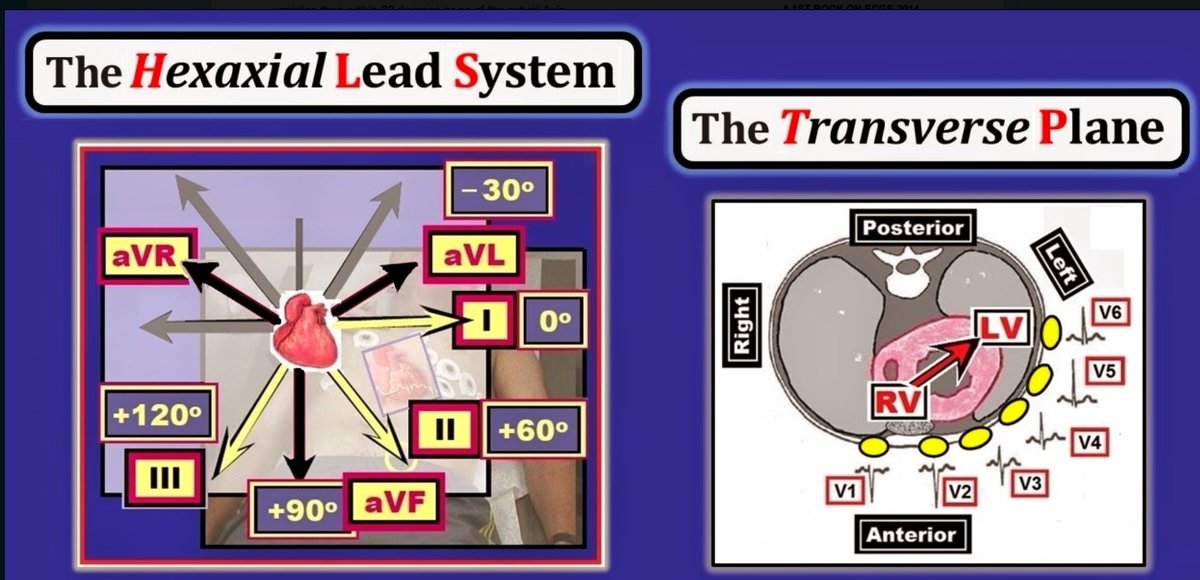
Does it look like a R or L bundle branch?
Think: Could that QRS be formed from aberration?
Or is it from a ventricular source?
#FITSurvivalGuide @pamelasdouglas @SharonneHayes @EilidhPinkChic @JelaniAini @DrAnneAlbers @biljana_parapid
Good ref Brugada Circ 1991
ncbi.nlm.nih.gov/pubmed/2022022
Focus on INITIAL forces in QRS
If the impulse is traveling through the bundles (SVT) the initial forces are fast -> sharp initial QRS
Slurred initial forces favor VT
#FITSurvivalGuide
Look at V6 (It’s an apical lead)
Any Q wave (negative initial forces) = VT
Think – the only way to get this pattern is VT arising from apical regions
Also favor VT when there is small R and big S in V6
#FITSurvivalGuide
Q waves are helpful (esp in WPW) because it tells you where the activation originates as the vector shows activation away from that lead.
eg big Qs in inferior leads means activation going from south to north
#FITSurvivalGuide
V1-V6
Impulses coming though bundles should have a transition
Pos concordance (activation is coming from posterior to anterior) or Neg concordance (activation going from anterior to posterior) suggests VT
#FITSurvivalGuide
You will be wrong
VT can arise close to the bundles – looks like SVT
AP cond (AVRT) looks like VT from a basal site
1:1 flutter can cause wide QRS —esp w IC drugs
Irregular, super-fast and wide QRS -> think AF over AP
#FITSurvivalGuide
General teaching suggests avoiding IV calcium channel blockers or IV beta-blockers
This is reasonable, but both VT and SVT can be sensitive to adrenaline blockade
Be careful with BP lowering drugs
I’ve often used esmolol b/c it’s short-acting
#FITSurvivalGuide
Adenosine can be used, but it can induce AF
Many like IV amiodarone
One of my fav, albeit small, RCTs is this one from Spanish authors
ncbi.nlm.nih.gov/pmc/articles/P…
They found a 3.3 times higher rate of conversion w IV procainamide vs IV amiodarone
#FITSurvivalGuide
22 years experience.
A pretty darn good book on basic EP testing is Fogoros/Mandrola (BIAS alert) onlinelibrary.wiley.com/doi/book/10.10…
Ken Grauer MD ecg-interpretation.blogspot.com
and LifeInTheFastLane blog @precordialthump lifeinthefastlane.com

